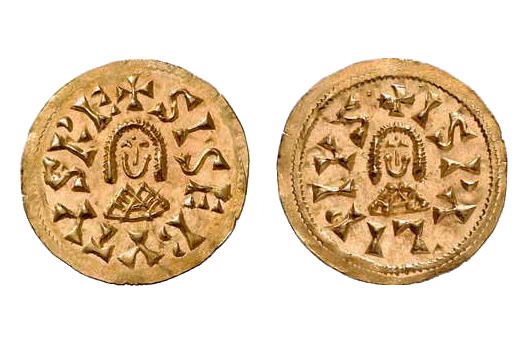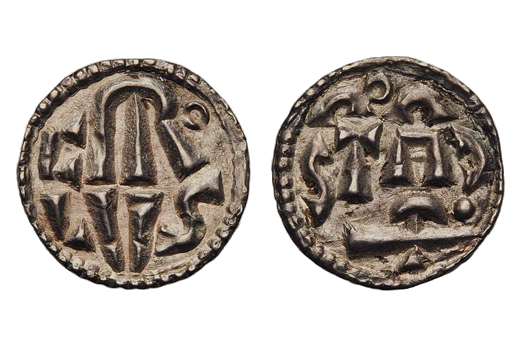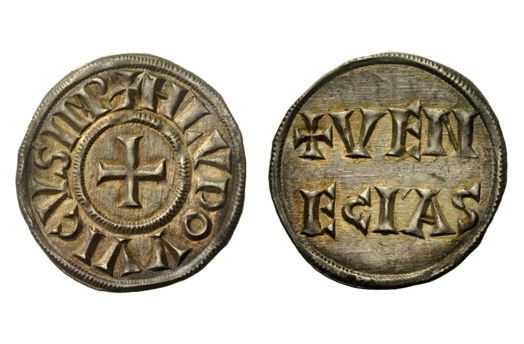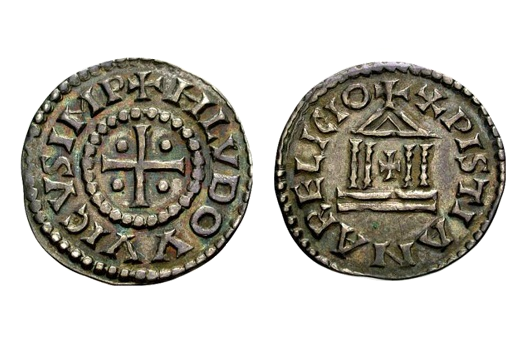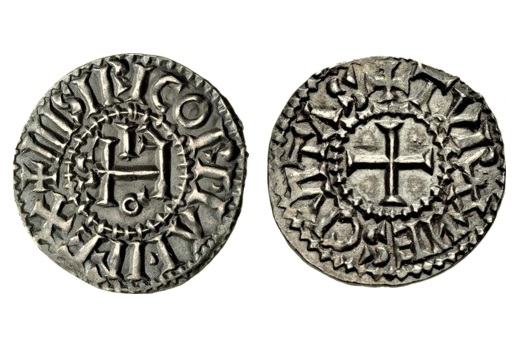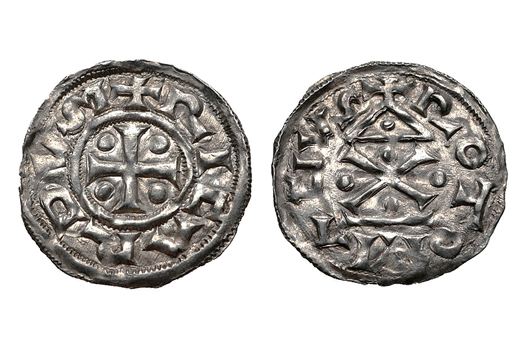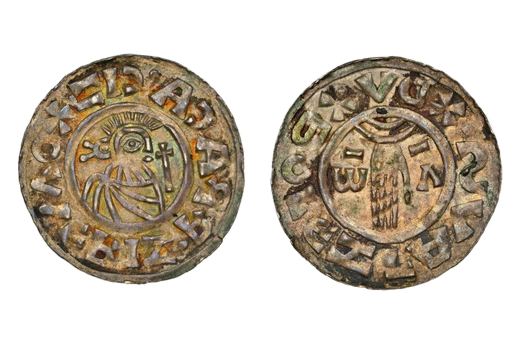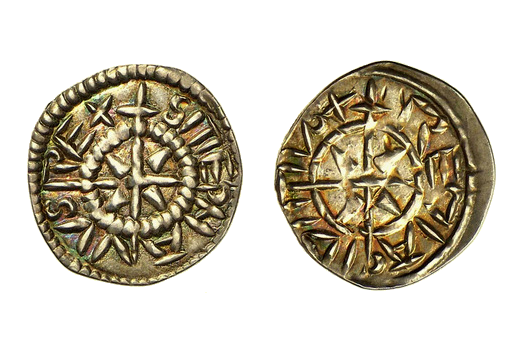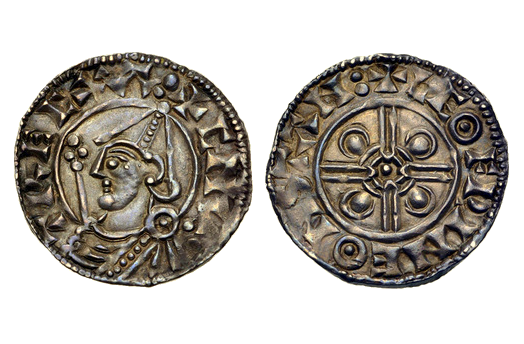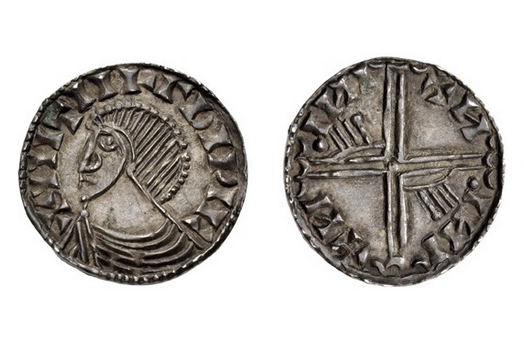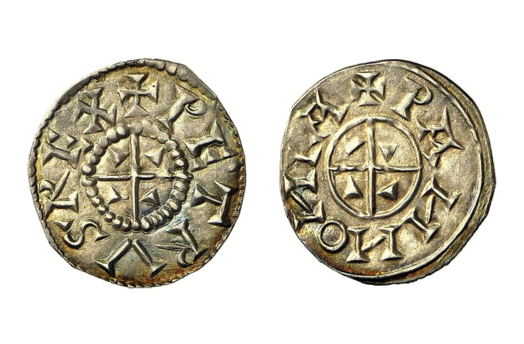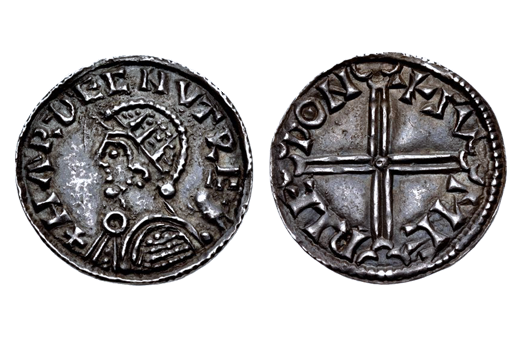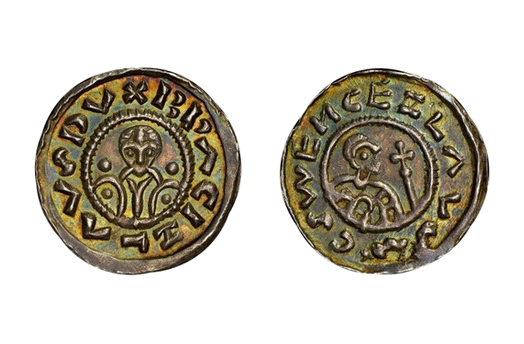
about ancient nomos
Ancient Nomos Art is a museum of galleries exhibiting ancient coins and ancient mint maps. The coin gallery displays the diverse art and history of hand-crafted ancient Greek, Roman, Byzantine, Persian and Medieval coinage. The ancient mints mapping gallery features Greek, Roman, Byzantine, Asia Minor and Medieval mint city regions and territories. Visitor's are welcome to explore, study and enjoy Ancient Nomos Art.

Medieval Gallery
about this gallery
Welcome to the ANAM Medieval Coin Gallery. This gallery is devoted to the ancient numismatic art and coinage of what is commonly known as the Medieval or Moyen Âge of Europe. The gallery combines into one era the coins from Europe’s 8th century to the end of the 15th century, just prior to the renaissance. The coins span the Carolingian Empire, along with the rise of the Holy Roman Empire and city-state Republics of Italy and Greece. Medieval coinage evolved from a Roman predecessor to form its own distinctive art and style. Medieval coin legends continued the Roman tradition of using the Latin as primary language. The coin art also continued the Byzantine tradition of the cross image, or cross potent and cross pattee. However, much medieval coinage replaced the traditional king or emperor portrait, favoring instead the use of symbols, heraldic monograms, fleur-de-lys, abstract forms, and highly designed decorative patterns. The Latin legends were often surrounded by an abstract castle, resembling a small house but signifying the King’s dominion. During the period from roughly 800 to 1300, silver was often the metal of choice, and was generally struck on thin flan in denominations or multiples of what is known as the medieval penny or denier.



